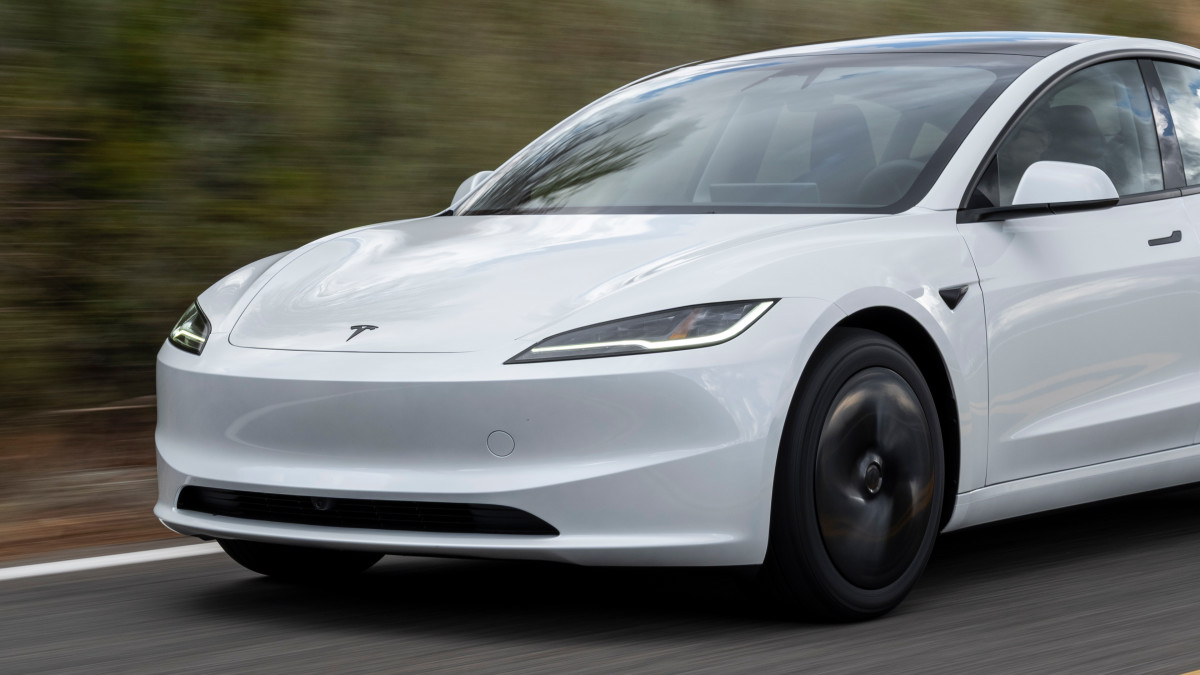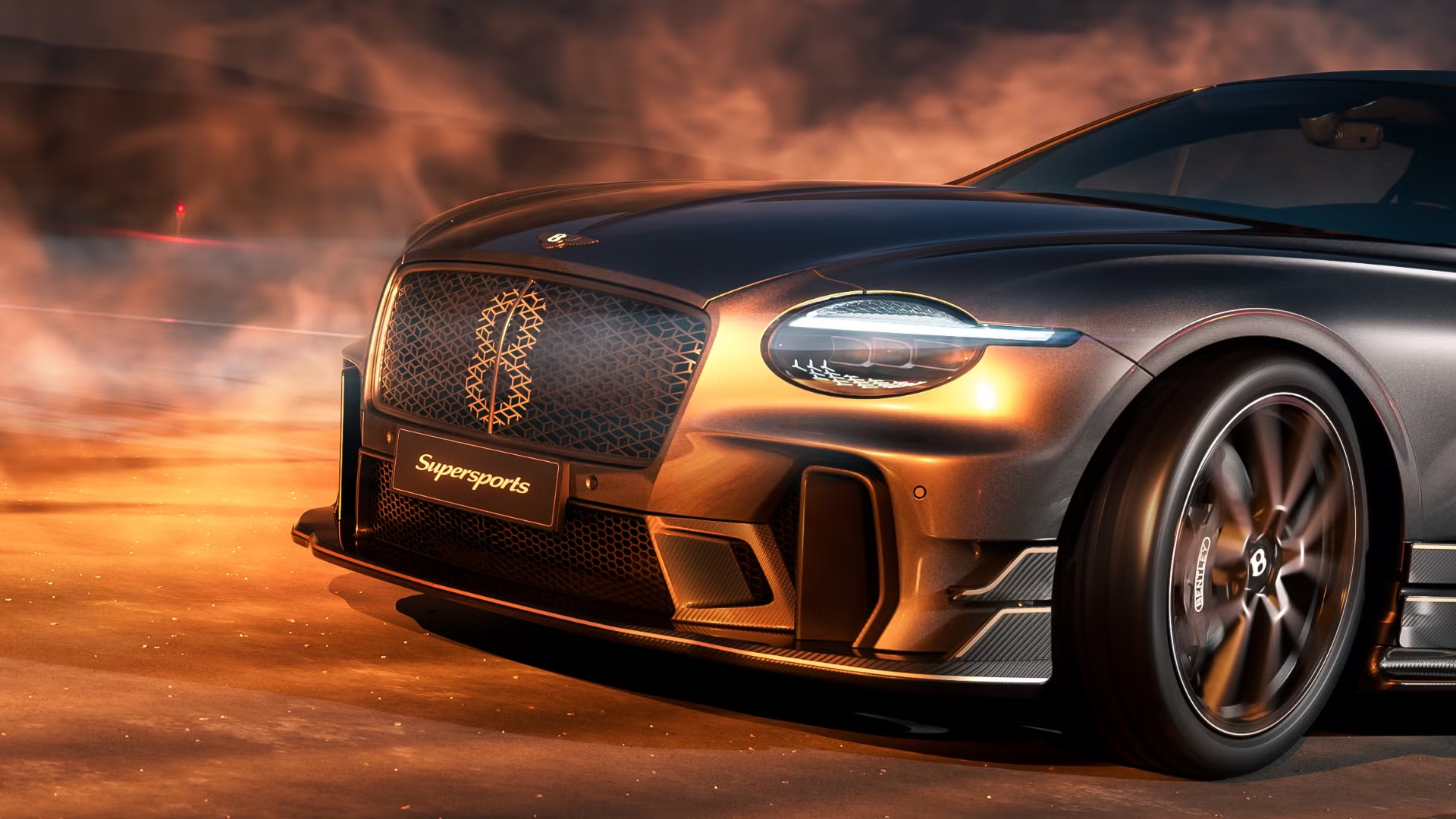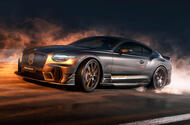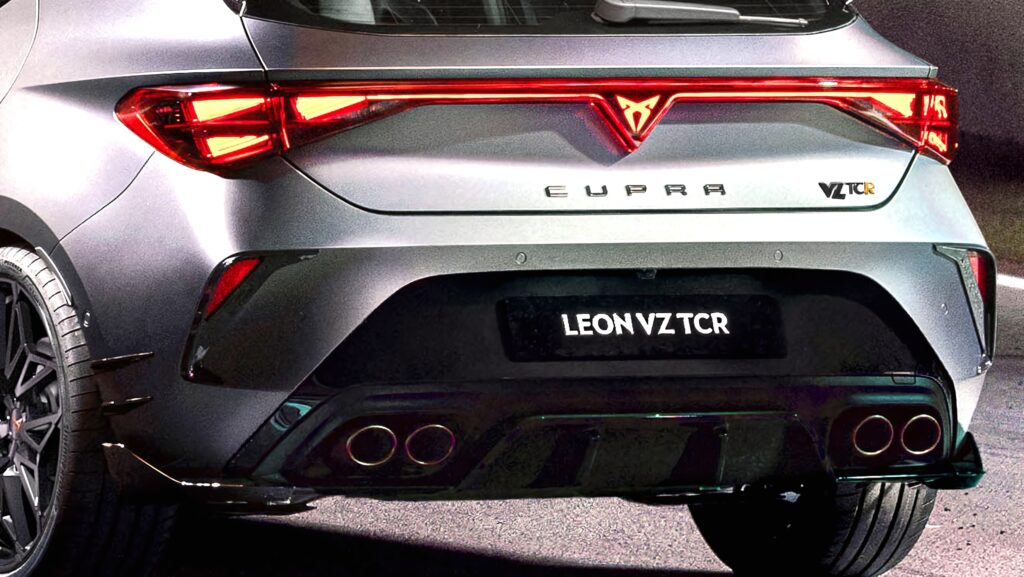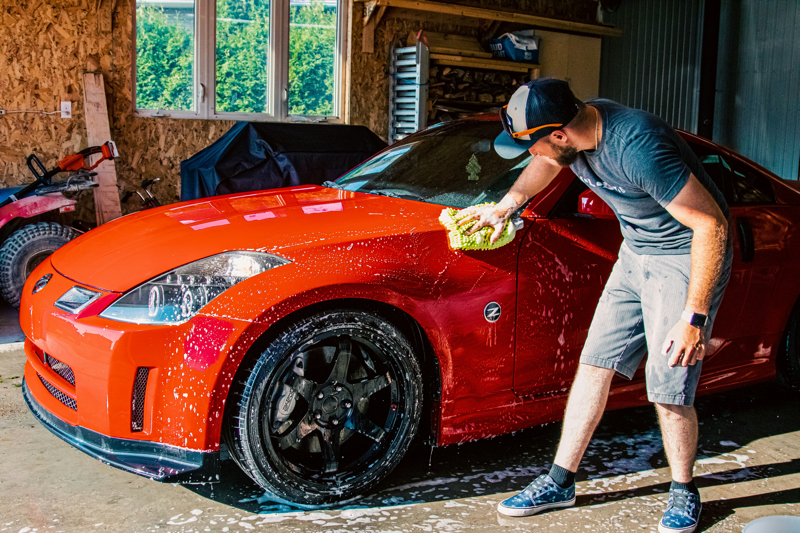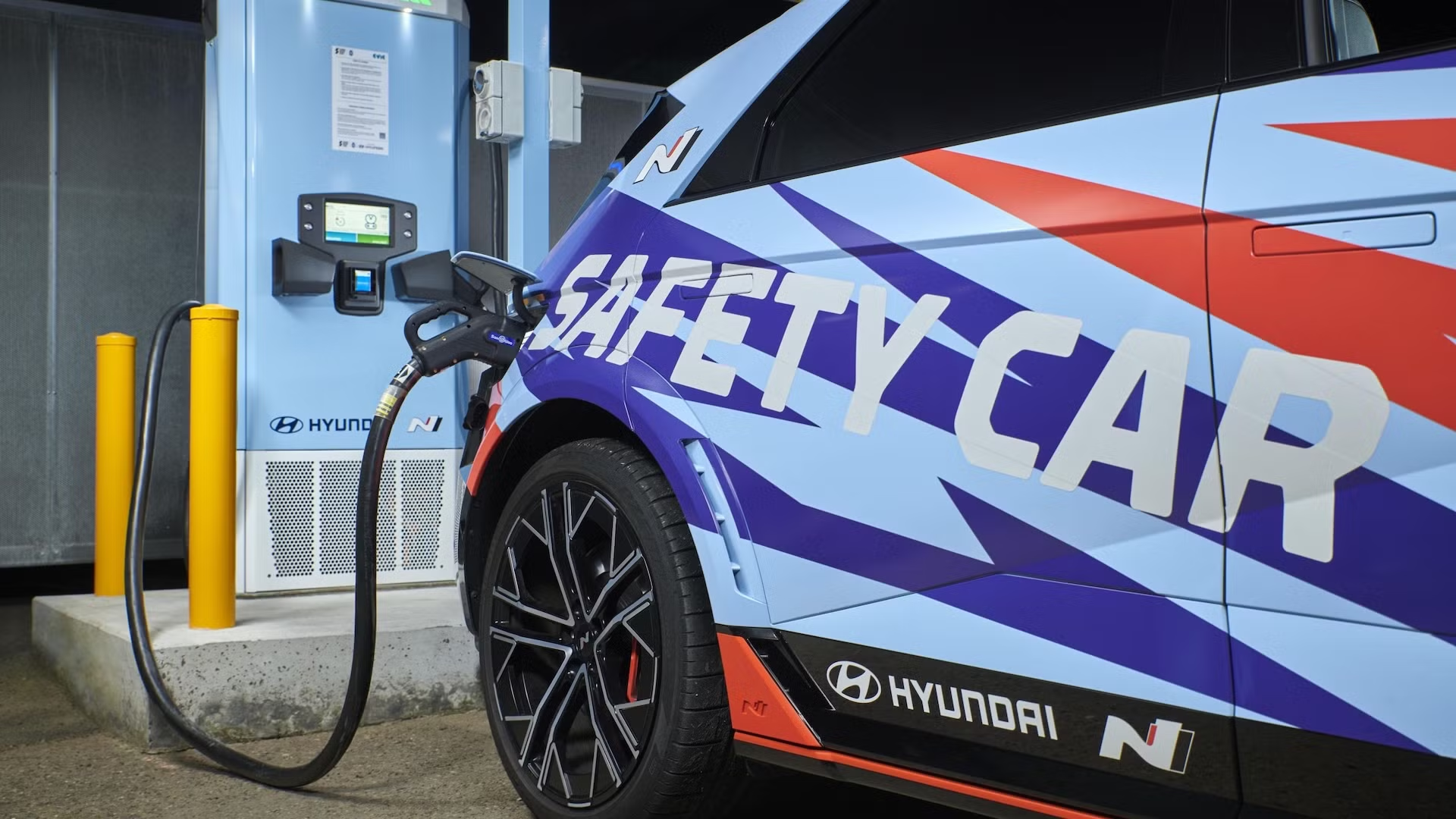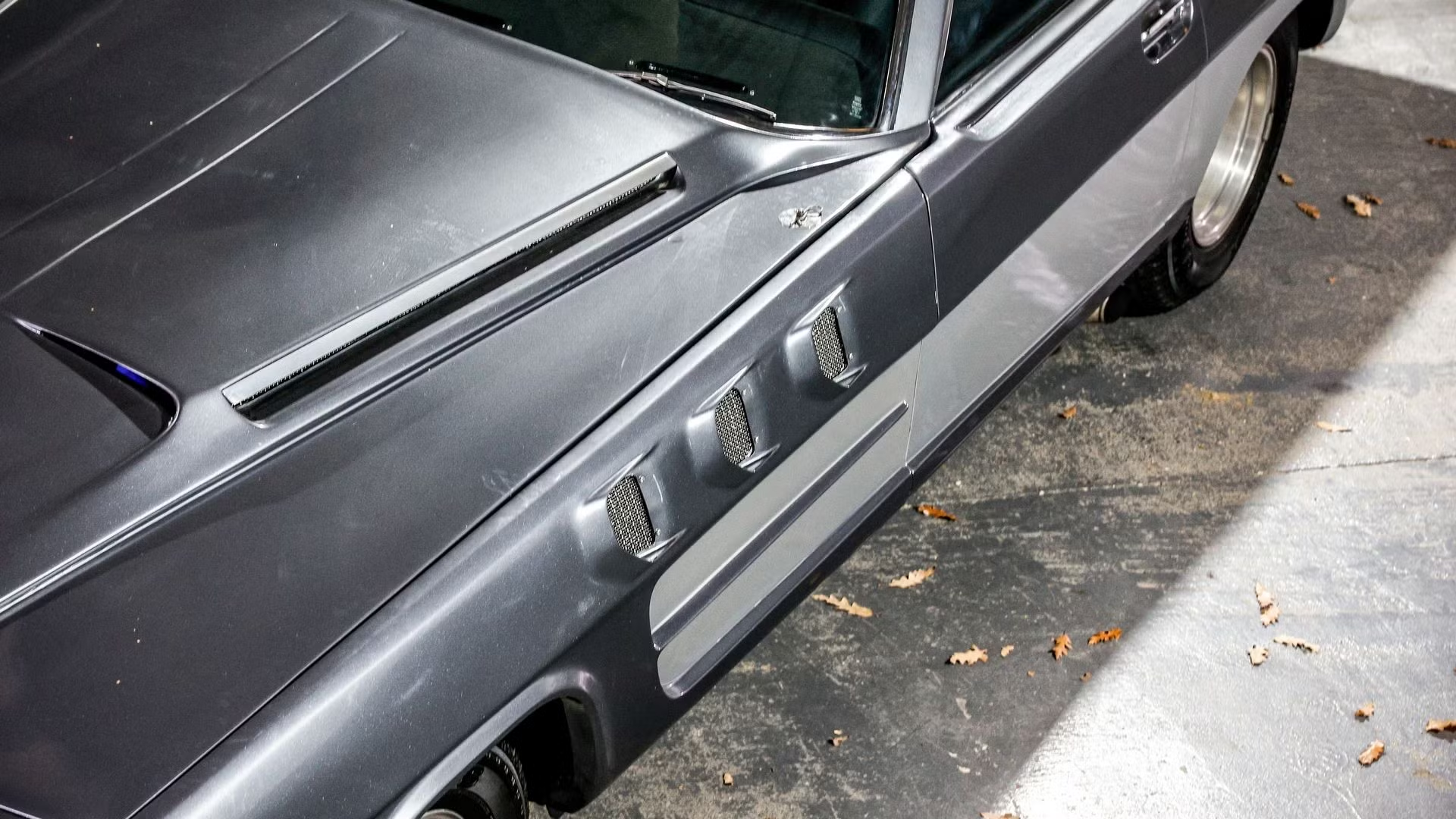Supersports returns as lightest Bentley since 1940; adds swathes of carbonfibre and ditches four-wheel drive
The Bentley Continental Supersports has returned as a 657bhp V8-powered, two-seat, rear-wheel-drive tourer that is said to be the most dynamic car Crewe has produced to date.
The new limited-run flagship will go on sale in March priced at around £400,000, a significant increase from the current range-topping GT Speed’s £237,000 starting point. Bentley will build 500 examples.
Codenamed Project Mildred, after 1929 endurance racer Mildred Mary Petre, the new Supersports also marks the start of a push by Bentley to create “more extreme cars”, said CEO Frank Walliser.
It is based on the current Continental GT but it is “so different” from that car, said Walliser, and has set a number of firsts for road-going Bentleys.
For example, it is the first rear-wheel-drive Continental, it is fitted with the largest front splitter of any production Bentley in history, and it offers the most downforce of any road car to leave Crewe.
A rival – in specification rather than price – to the Aston Martin DB12 S, the new Supersports has been revealed 100 years after the 3 Litre Super Sports was launched – the first Bentley to wear the nameplate. It has since adorned the 2009 first-generation and the 2017 second-generation Conti GT, which each drew power from a 6.0-litre W12.
But while the badge has previously been used to denote the most powerful member of Crewe’s stable, in an age of electrification and 1000bhp EVs, the new Supersports has instead been created to be what Walliser calls “the most driver-focused Bentley yet”.
Hardcore remit
Key to this positioning is its comparative lightness. At just under 2000kg, the new Supersports is half a tonne lighter than the GT Speed and the lightest Bentley since the Mark V of 1940.
This has been made possible most notably by the powertrain, which deletes any hybrid assistance and swaps four-wheel drive for two.
The roof, which is usually made from aluminium, is now carbonfibre – something that also lowers the car’s centre of gravity. Inside, the rear seats have been removed, sound insulation pulled out, speaker numbers cut, and an array of driver assists deleted.
Power comes from what started out as the same twin-turbocharged 4.0-litre petrol V8 used in the Continental GT Speed’s 771bhp hybrid set-up.
However, Bentley has fitted it with a stronger crankcase, uprated cylinder heads and larger turbos to increase its output to 657bhp and 590lb ft. This has also helped create the highest power density of any Bentley engine to date at 164bhp per litre.
The ZF eight-speed dual-clutch gearbox – which is used across all current Bentley models – has been upgraded and now features new clutches and software. The result is sharper and more responsive shifts, says Bentley, especially when downshifting under braking.
With this output and low weight, the Supersports can dispatch 0-62mph in 3.7sec.
While quick, it is around half a second slower than the hybrid-assisted and four-wheel-drive GT Speed and 0.3sec slower than the DB12 S. Top speed is estimated to be 192mph.
However, Bentley says that outright power wasn’t the aim. Instead, the brief for the Supersports was to create the most driver-focused Bentley to date. Key to this, compared with the standard car, is where the power is sent.
This is the first Continental – apart from GT3 race cars – to feature a rear-wheel drive configuration.
The set-up meant that engineers had to widen the rear track by 16mm so the power normally put on the road by four wheels could be handled by two.
Software also plays a major part. For example, a torque vectoring system combines with an eLSD to enable sharper turn-in and maximise traction under braking. The Supersports also gets its own bespoke steering and suspension tuning, as well as traction management systems.
As with the standard Conti, the Supersports has double wishbones at the front, a multi-link axle at the rear, air springs and rear-wheel steering. Twin-chamber dampers are new.
Big focus on aero
The Supersports is one of the most aggressive-looking Bentleys to date and engineers claim that no elements have been included “just for aesthetic purposes”.
The most notable is the new front bumper. Lower and wider than the GT Speed’s, it features the largest splitter yet seen on a road-going Bentley.
On the nose sits a new lightweight mesh grille. Elsewhere, the Bentley features two pairs of stacked dive planes, chunky side sills, large wing blades, a new rear diffuser and, strikingly, a boot spoiler.
In total, the Supersports generates over 300kg more downforce than the GT Speed – Bentley has not given a specific figure for either car – while maintaining a 54:46 front- to-rear weight distribution.
Bentley claims that with the optional Pirelli P Zero Trofeo RS tyres (which are fitted to 22in aluminium wheels), the chassis changes and weight-saving mean the Supersports can corner around 30% quicker than the GT Speed, with up to 1.3g of peak lateral force.
Like the exterior, the interior is also purposeful, albeit with Bentley touches, such as carbonfibre panels and lashings of leather.
The car is fitted with more bolstered, lightweight, carbon buckets that sit lower than the seats in the GT Speed. Like the standard car, it gets a 12.3in touchscreen and digital driver’s panel. In place of the rear seats is a leather-wrapped carbon tub.
Production will begin in September and most cars are expected to head to the US, Bentley’s main market.

